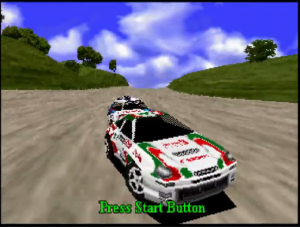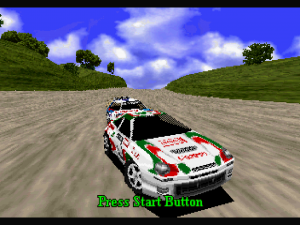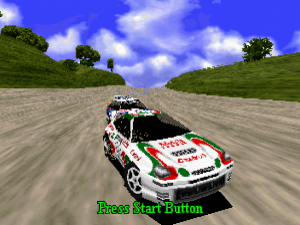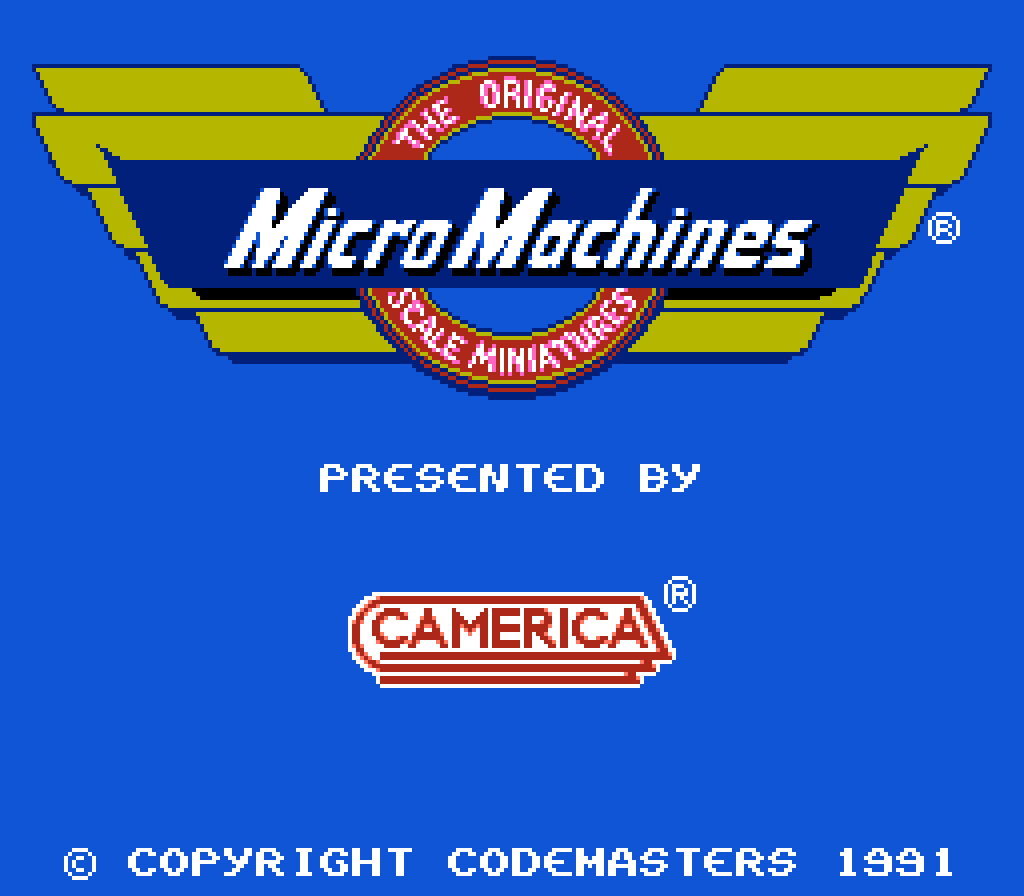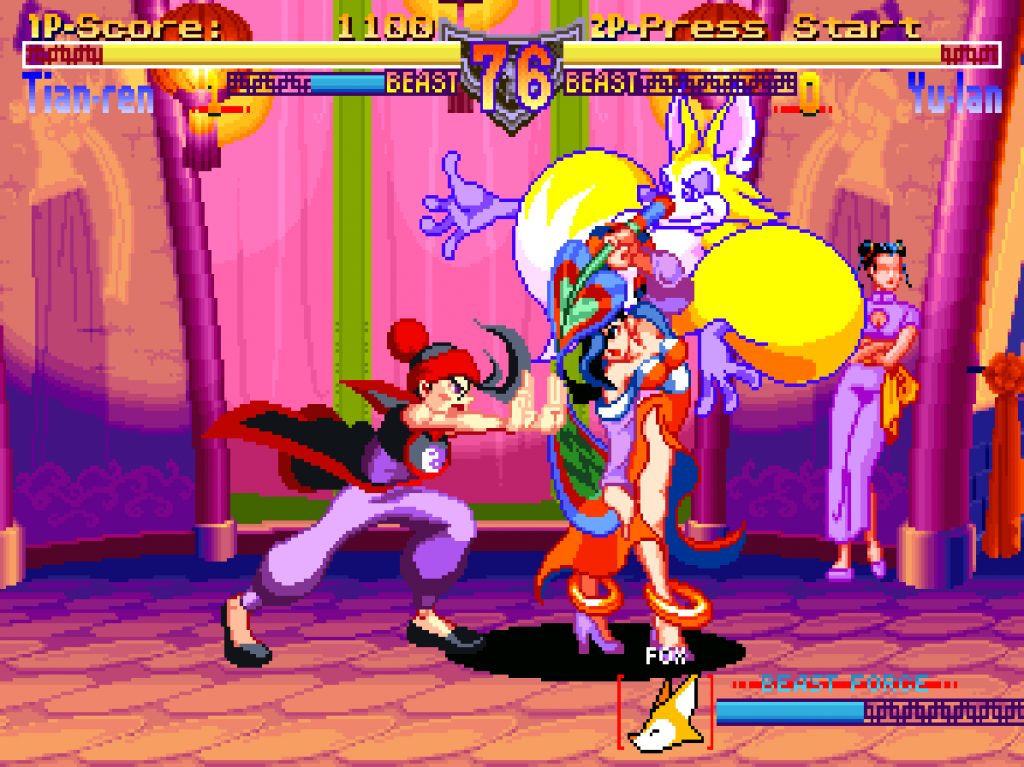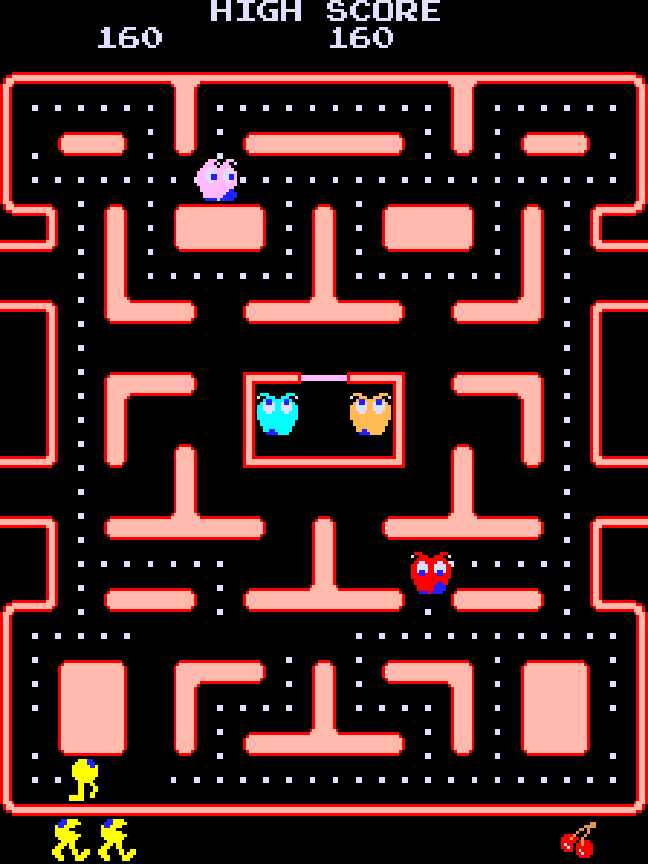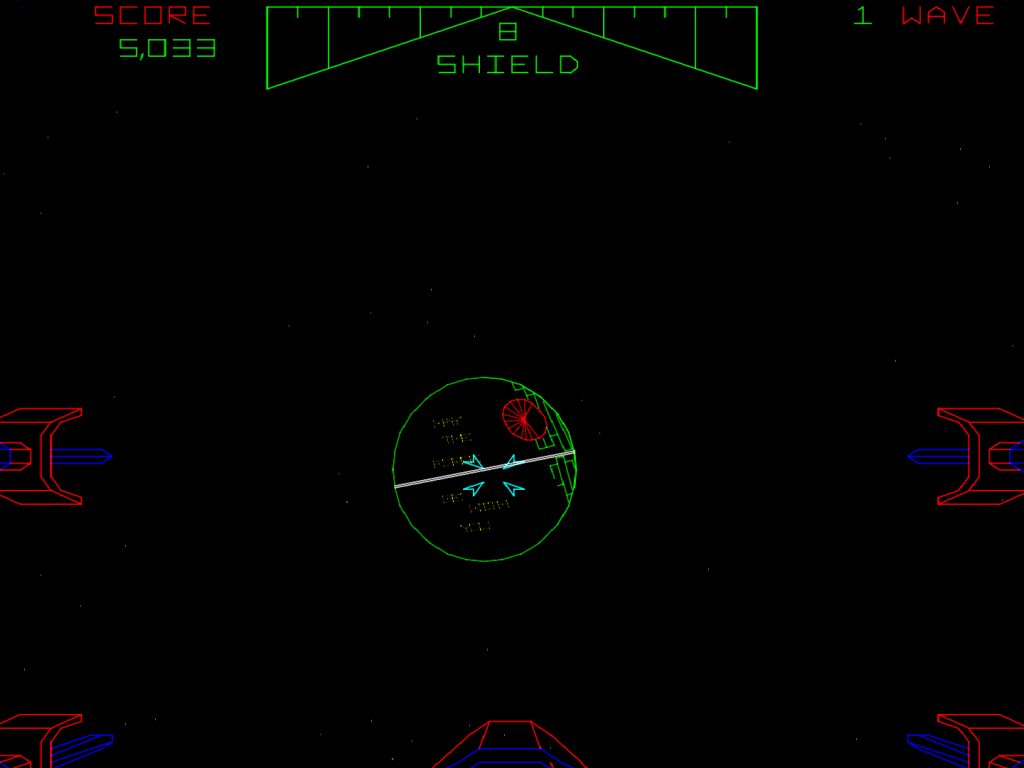Final Burn Neo (FBN/FBNeo) is the follow-up of Final Burn Alpha (FBA/FBAlpha), an alternative to MAME for arcade emulation. It’s more focused on playability than on accuracy/preservation. The team is composed of dink, iq_132, JacKc, kev and me. It supports most libretro features (netplay, runahead, retroachievements, …).
Some words about accuracy & FBNeo
Regularly, I see misunderstandings about our playability focus. It doesn’t actually mean we don’t care about accuracy, when we add a new system we usually make it as accurate as possible, and we also revisit old systems for accuracy improvement purpose. In some edge cases we even end up being more accurate than MAME, it’s always a bit funny when someone comes reporting that “something is different from MAME, so that must be a bug”, and after investigating about the actual cabinet, we learn that FBNeo is actually the one emulating the game properly (in those cases, we let the MAMEdevs know, so I believe the inaccuracies are fixed shortly after on their side).
I can only remember of a few occurrences where we are intentionally inaccurate:
- Samples vs Netlist emulation : we prefer keeping samples for now, netlist is a nice feature, but ultimately we don’t think samples sound bad (we even have some systems where we offer alternative sound emulation through samples while the actual sound device is also emulated), so enforcing the emulation to be twice slower for this didn’t seem right to us. From time to time I see people saying “yeah but I’m missing sounds because of those samples” : that shouldn’t be the case, most likely they are just using the wrong samples pack.
- CPS3 emulation : Around 2 years ago, we noticed a frame on SF3-1’s VS screen had wrong colors, after more investigation & tests we learnt that the fix would involve making the emulation twice slower on every CPS3 games, so since there was no evidence that fixing this single frame would improve anything else on CPS3, we decided to leave things like this for now.
- ZX Spectrum emulation : We didn’t like the original sound from the buzzer, so we re-made it to our liking.
- Garbage noise : Sometimes, we notice garbage noise that actually happens on real hardware, since we consider this noise as an unpleasant game bug, we filter it out, i remember “Burger Time” and “Narc” being in that list.
New supported games and other emulation improvements
Midway
Our tms340x0 cpu core got rewritten, which allowed to add support for pretty much any midway game that was missing and not running on 3D hardware, the more recent additions include “2 on 2 Open Ice Challenge”, “Judge Dredd”, “NBA Hangtime”, “NBA Jam”, “NBA Jam TE”, “NBA Maximum HT”, “WWF: Wrestlemania”, “High Impact Football”, “Super High Impact”, “Narc”, “Smash TV”, “Strike Force”, “Terminator 2 – Judgment Day”, “Total Carnage”, “Trog”, “Revolution X”, and the recently dumped “Power-up baseball”.
Sega
Support for Sega System 32 was added : “Air Rescue”, “Arabian Fight”, “Golden Axe: The Revenge of Death Adder”, “Dark Edge”, “Spider-Man: The Videogame”, “Dragon Ball Z V.R.V.S.”, “Holosseum”, “SegaSonic The Hedgehog”, “Alien3: The Gun”, “Burning Rival”, “F1 Super Lap”, “F1 Exhaust Note”, “Jurassic Park”, “Rad Mobile”, “Rad Rally”, “Slip Stream”, “Super Visual Football: European Sega Cup”, “Soreike Kokology”, “Soreike Kokology Vol. 2 – Kokoro no Tanteikyoku”, “Hard Dunk”, “OutRunners”, “Stadium Cross” and “Title Fight”. One of the hightlights of our emulation is the controls on racing games like “Rad Mobile”, they are very playable (apparently, the controls are a bit tricky on MAME).
Jaleco
Support for Jaleco Mega System 32 was added : “Tetris Plus”, “Tetris Plus 2”, “P-47 Aces”, “Best Bout Boxing”, “Desert War”, “The Game Paradise – Master of Shooting!”, “Gratia – Second Earth”, “World PK Soccer V2”, “Hayaoshi Quiz Grand Champion Taikai”, “Hayaoshi Quiz Nettou Namahousou”, “Idol Janshi Suchie-Pai II”, “Ryuusei Janshi Kirara Star”, “Mahjong Angel Kiss”, “Vs. Janshi Brandnew Stars”.
Namco
Support for Namco NA-1/NA-2/NB-1/NB-2 systems was added : “Bakuretsu Quiz Ma-Q Dai Bouken”, “Cosmo Gang the Puzzle”, “Emeraldia”, “Exvania”, “Fighter & Attacker”, “Super World Court”, “Tinkle Pit”, “Knuckle Heads”, “Numan Athletics”, “Nettou! Gekitou! Quiztou!!”, “X-Day 2”, “Nebulas Ray”, “Point Blank / Gun Bullet”, “Great Sluggers”, “Great Sluggers 94”, “Super World Stadium”, “Super World Stadium ’96”, “Super World Stadium ’97”, “J-League Soccer V-Shoot”, “The Outfoxies” and “Mach Breakers”
Seibu
Support for Seibu SPI system was added : “Senkyu / Battle Balls”, “E Jong High School”, “Viper Phase 1”, “Raiden Fighters”, “Raiden Fighters 2 – Operation Hell Dive”, “Raiden Fighters Jet” and “E-Jan Sakurasou”
Sinclair ZX Spectrum
While the driver had been there since 2018, because of how bad it was (a parting gift from a certain person…) it was basically rewritten from scratch, nowadays I believe it’s a very nice alternative to FUSE. Also, I mentioned it above, we intentionally decided to be inaccurate on buzzer emulation.
Fairchild ChannelF
Another home console gets emulated.
PGM
Thanks to the efforts of an external contributor (eziochiu), the last 2 unplayable pgm games (and their clones) finally became playable : “Dragon World 3” and “Photo Y2K 2 (3-in-1)”.
Taito
We now support “Gladiator”, “LSA Squad” and “Daikaiju no Gyakushu”
Electronic Arts / Rare
“Battletoads” is now supported, this game is actually the main reason our tms340x0 cpu core was rewritten.
Gottlieb
“Exterminator” is now supported, that’s yet another game using tms340x0 (actually, 2 of them !), this is an odd game to say the least.
Art & Magic
Yet another system using tms340x0, their games – “Cheese Chase”, “Stone Ball” and “Ultimate Tennis” – are actually pretty cool.
Improvements to the Libretro port
Some features that were left over from standalone until now got implemented in the Libretro port :
- LowPass Filter : It’s available from the core options, I know something similar is available from RetroArch’s DSP plugins but you might want to check out this one too. Technically it’s a 2x resonant lowpass filter which is set-up to mimic the amp section found on most PCB’s. For a good 95% of games, it makes the sound a bit more rich/bassy, and for the remaining 5% let us know so that we can fix them. You’ll probably never want to turn this option off after getting used to how nice it sounds.
- Cheats : They have been supported through the Libretro API for some time, but now you can also directly use a cheat.dat from MAME, more information about this here.
- Macros : First, some words about macros, the reason macros from standalone aren’t supported is because there can be dozens of them for a single player on a single game, however you currently can’t map that many actions with the Libretro API (and this is not only a problem for macros, handling service menu when it involves several buttons can be tricky too) because all inputs need to be assigned to a button from the get go. In the past, there was some workaround for this through core options, but it had its own share of issues so it was removed later. I recently decided to re-implement support for a select few macros, for now it only includes 3xPunchs and 3xKicks on SF-like games but implementing a few more could be done if I can get some help sorting out the ones that’ll be the most useful so that they’ll fit within the RetroPad model.
And much more! This article is far from being exhaustive.
If you want to help FBNeo, keep sending us bug reports when you see something wrong.
Our forum : https://neo-source.com/
Our github : https://github.com/finalburnneo/FBNeo
Our discord : https://discord.gg/8EGVd9v

